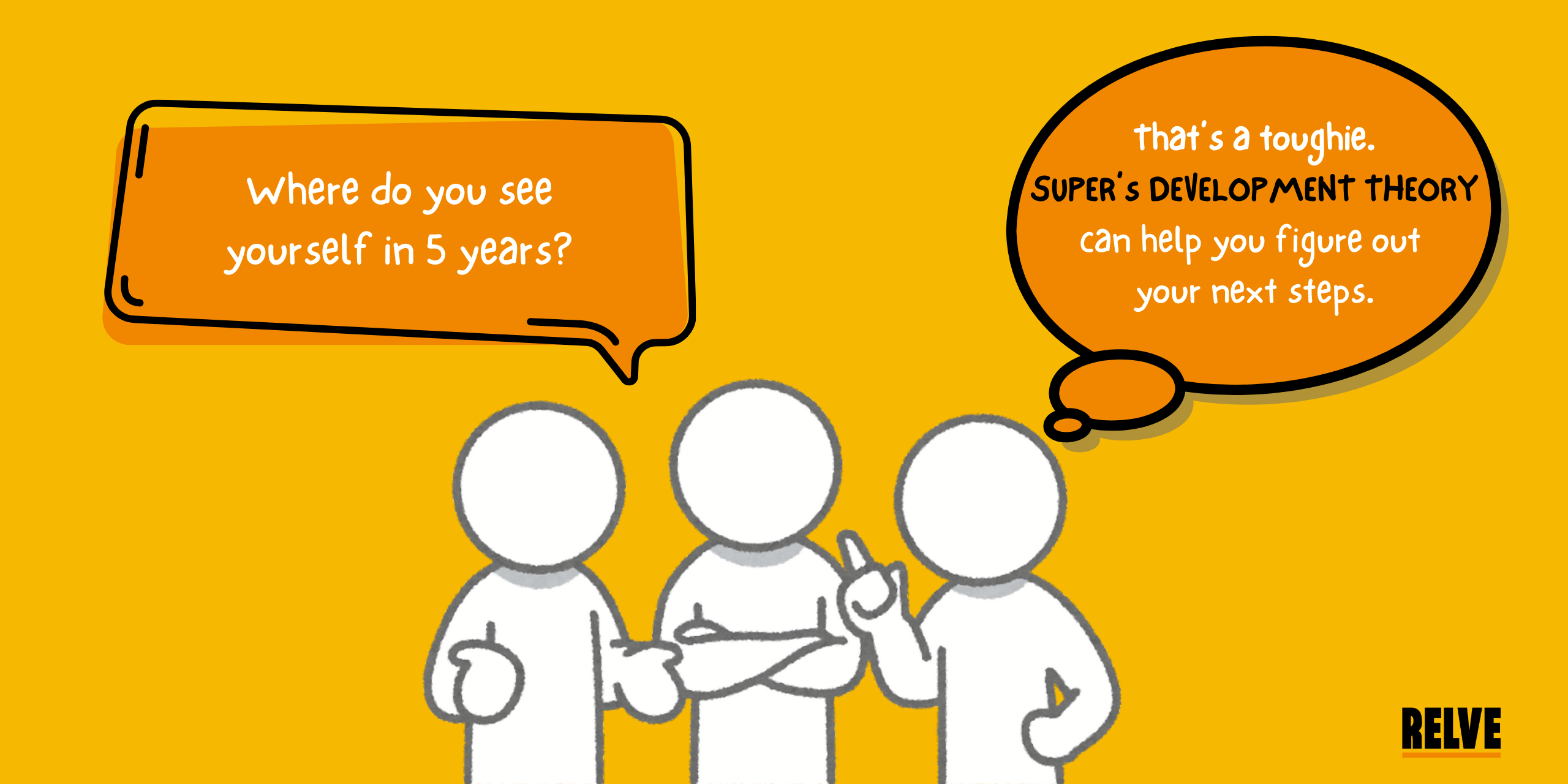Imagine you are sitting in a performance review meeting, and your manager asks you “Where do you see yourself in the next five years?” You pause for a moment and go into deep thinking about career growth, but you aren’t exactly sure what the next step you should take. Career growth does not come randomly; it follows a pattern. In line with this, one of the most influential growth frameworks is the career development theory Super, which was penned down by Donald Super, a brilliant psychologist.
His fundamentals in this theory have shaped how we view careers over time. In this blog, we will cover the super theory and break down its stages, explain as to why understanding this model is important for having a career trajectory that’s true to yourself. So, let’s dive in!
Who Was Donald Super? A Pioneer in Career Development
In the field of career psychology, Donald Super had been a trailblazer. He believed that careers were not just one-time decisions but rather a lifelong process shaped by our evolving self-concepts. Throughout his career, he introduced a development theory popular as the Donald Super Career Development Theory, which focuses on how the career choices of people and their satisfaction changes with time.
His work served as a foundation for Super’s Theory of Career Development, a cornerstone model that continues to be the guiding light for career counsellors and individuals alike.
As Steven D. Brown & Robert W. Lent puts it in Career Development and Counselling: Putting Theory and Research to Work:
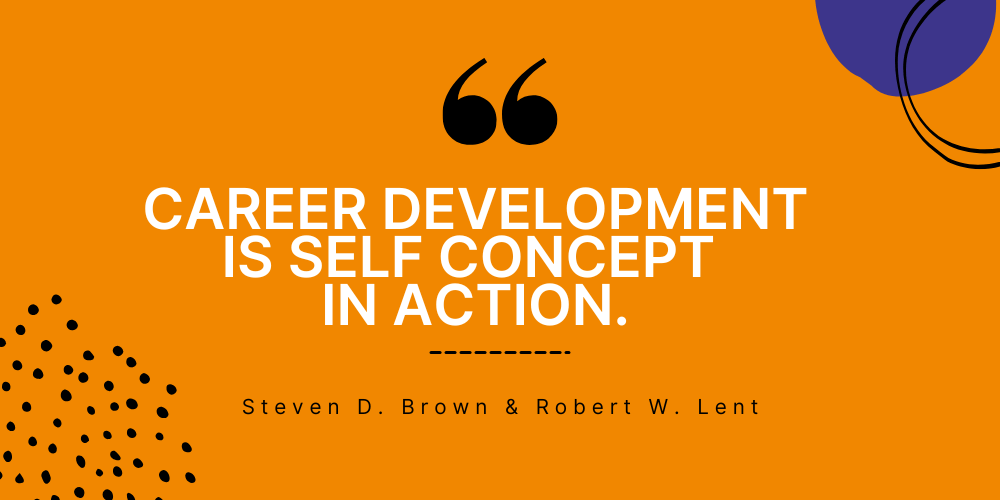
An Overview of Super’s Theory of Career Development
What exactly is Super’s Theory of Career Development? In easiest terms, Career Development Theory Super says that career growth reflects personal growth. As new self-concepts are developed, our career paths, interests and goals evolve.
At the centre of Donald Super Theory on Career Development lies the idea of lifespan, life-space theory which means careers unfold across a lifetime and it involves multiple life roles.
According to Jane L. Swanson & Nadya A. Fouad in Career Theory and Practice: Learning Through Case Studies:
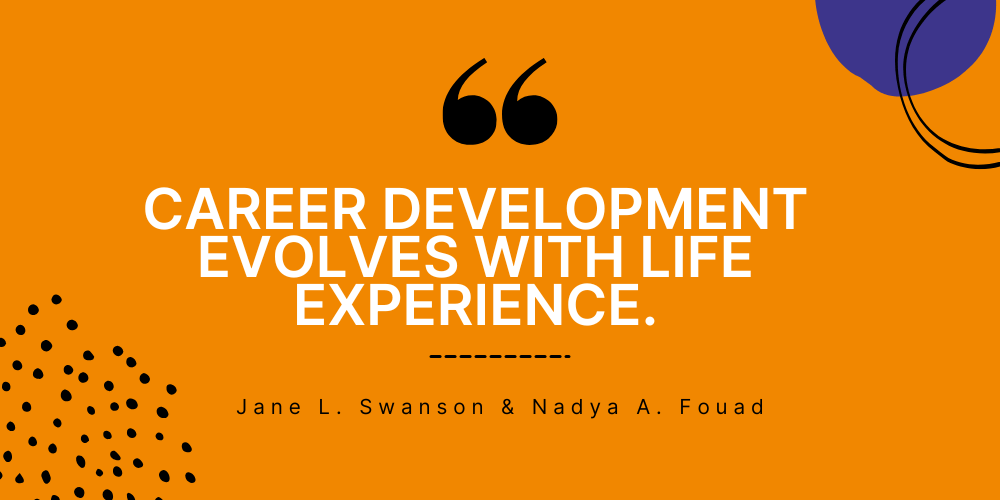
The Life Stages in Super’s Career Development Theory
Below are the five key life stages of career journey:
- Growth (Birth–14 years): Forming self-concept.
- Exploration (15–24 years): Trying different roles and making tentative career choices.
- Establishment (25–44 years): Finding stability and advancing in a chosen career.
- Maintenance (45–64 years): Sustaining career success and updating skills.
- Decline/Disengagement (65+ years): Preparing for retirement and shifting focus.
Every stage shows the transitions which is highlighted in the Donald Super Career Development theory and captures the fluid nature of career development.
Spencer G. Niles and JoAnn E. Harris-Bowlsbey in Career Development Interventions:
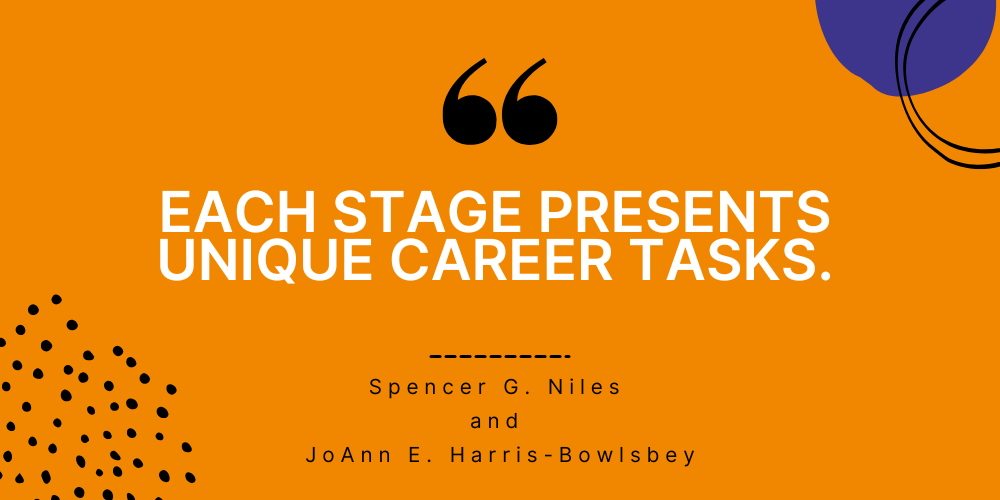
Core Concepts in Super’s Career Development Theory
A number of key ideas are important to understand Career Development Theory Super:
- Self-concept: This is how you perceive yourself in shaping your career choices.
- Career Maturity: This is your readiness to take informed decisions in career at different stages of life.
- Life Roles: Student, parent, worker, citizen; your career fits into a bigger puzzle of life.
- Career Rainbow: This is a visual tool for illustrating multiple life roles across lifespan.
All the above concepts are deeply embedded in the Super Career Development Theory to make it one of the most practical models of today.
Applying Super’s Career Development Theory Today
Now the question arises – how can the Super Theory of Career Development be used nowadays?
Some probable scenarios where it can come into play:
- Mid-Career Switch: Are you feeling stuck? Then reflect on your evolving self-concept to find new directions.
- Planning a second career: Are you about to retire? Then use Career Rainbow to explore new and fulfilling life roles.
Career counsellors often rely on the Super Theory of Career Development to help their clients build flexible and personalised career paths.
Jane L. Swanson & Nadya A. Fouad in Career Theory and Practice: Learning Through Case Studies:
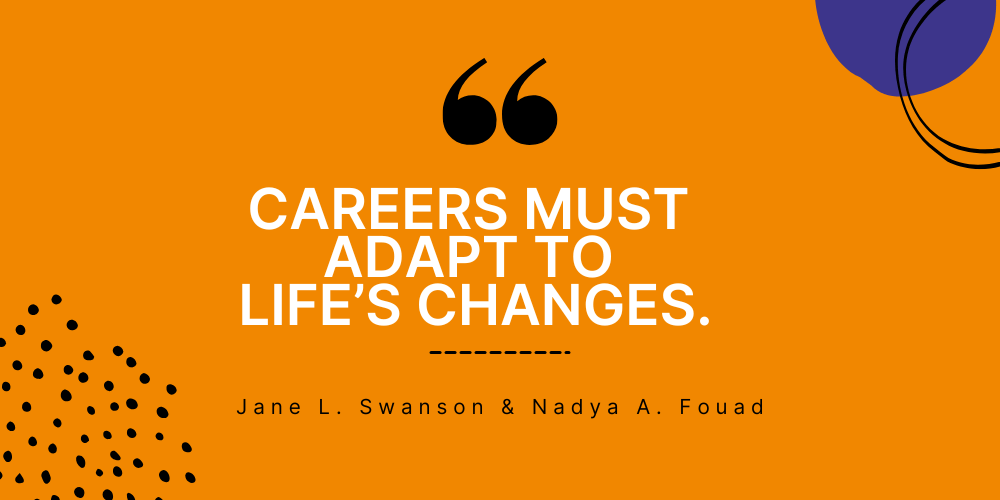
Criticisms and Limitations of Super’s Theory
No model or framework is perfect. While Career Development Theory Super is powerful, it does have some limitations:
- Not everyone’s career follows a linear stage.
- Cultural and socioeconomic factors were not fully addressed in the theory.
Having said that, Super’s Theory of Career Development still remains adaptable, especially when it is viewed through a flexible and modern lens.
Why Super’s Theory Still Matters in a Changing World
In today’s world where the job landscape is changing rapidly, the lessons of Donald Super’s Career Development Theory are relevant than ever:
- Shifts in career need adaptability.
- Embracing multiple life roles prepares you for uncertainty.
- Endure learning is not optional, but it’s essential.
Super’s theory helps you develop a mindset that is able to embrace growth, change and opportunity.
John L. Holland in Making Vocational Choices: A Theory of Vocational Personalities and Work Environments:
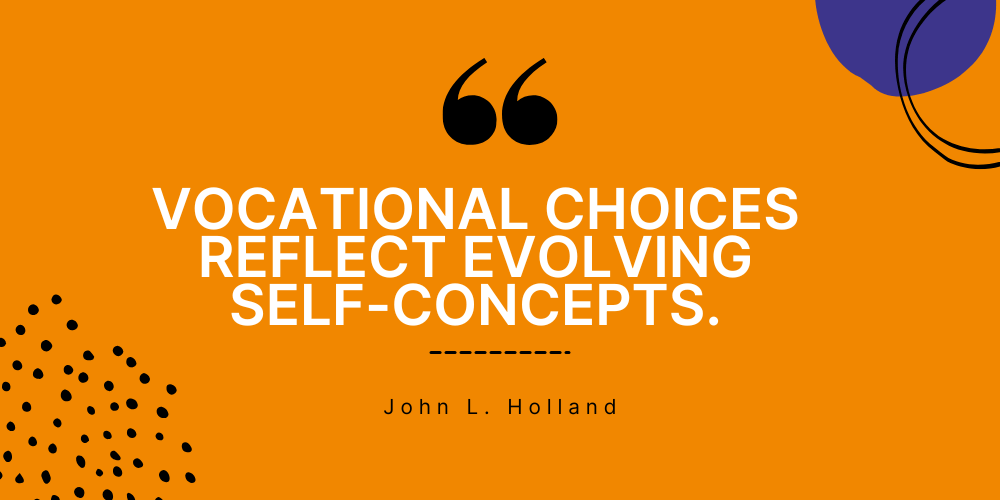
Conclusion: Embrace Your Career Journey with Super’s Insights
Career Development is not a straight path; rather, it is a lifelong adventure that is shaped by your self-evolution. Understanding this theory enables you to plan, pivot, and grow purposely. It is not just about finding the right job but rather building a fulfilling life.
Action Step: Shed light on which stage of your career you are standing at right now. Then define one small action that is aligned with your self-concept to help move forward.
Your career story is in your hands to write. Start today and let Super’s Theory of Career Development guide your next bold chapter.
